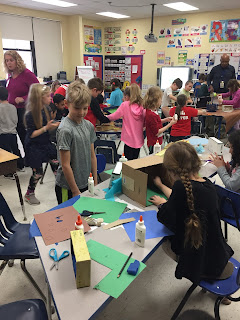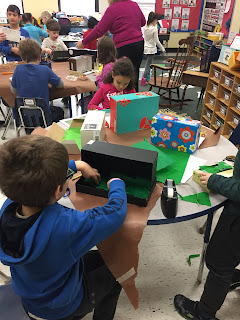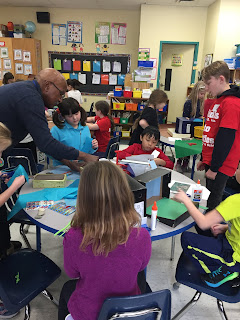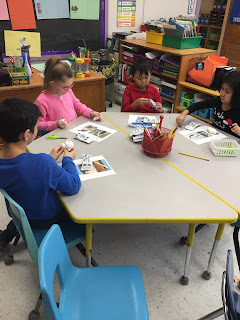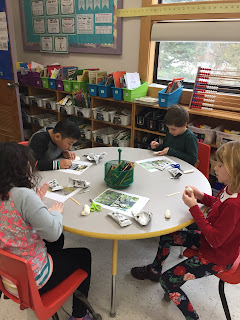Thursday, February 21, 2019
Wednesday, February 20, 2019
Assembly: A Note From Mrs. Cate
At tomorrow’s assembly, some second graders will be performing a short skit about Kelso’s choices. The assembly starts at 8 am. We hope you can join us.
Friday, February 15, 2019
Exploring Bodies of Water
Over the last couple of weeks, we have learned about liquid forms of water that can be found on earth such as:
- Brooks
- Streams
- Rivers
- Ponds
- Lakes
- Oceans
We have discovered specific characteristics that make up those types of bodies of water. Ask your child what the difference between a brook and river is.
Next week, we learn about frozen forms of water.
Wednesday, February 6, 2019
Learning More About Animal Adaptations
Today we had the opportunity to participate in a videoconference, on bird adaptations, with the Virginia Zoo. We learned about physical and behavioral adaptations that a variety of birds have in order to survive in their habitats. Here are some facts we learned!
The toucan can see colors that humans cannot. This allows them to tell if a fruit is ripe or not. Their beaks also help them to easily get food in the trees.
Macaws are smart and learn to mimic. They also have two toes that face forward and two that face backward. This helps them to hold onto branches more easily.
The Harris Hawk's talons help it to take down prey. They also hunt in packs and are known as the "wolves of the sky."
Lastly, the eagle owl can turn its head 270 degrees. Because of this, they can see prey without having to move its body. They also have feathered feet to stay warm.
Ask your child what else they learned!
Monday, February 4, 2019
Learning About Characters
We are into our character unit in Reading Workshop. In doing so, we learned how characters display a variety of traits such as clever, creative, imaginative, bossy, etc. We used evidence from the stories to make these inferences by what the characters said, did, thought and felt. Some of the characters that we read about were:
- Flossie from Flossie and the Fox by Patricia McKissack
- Pinky, Rex and Amanda from Pinky and Rex by James Howe
- Sassy from Dancing in the Wings by Debbie Allen
- Max from Where the Wild Things Are by Maurice Sendak
- Lily from Lily's Purple Plastic Purse by Kevin Henkes
Friday, February 1, 2019
Earth’s Systems - Processes That Shape The Earth
We began a discussion about a new science unit we will be studying. It is about processes that shape the earth. During this unit Students will:
- Understand that some events happen very quickly, others occur very slowly, over a time period much longer than one can observe.
- Understand that wind and water can change the shape of the land.
- Understand where things are located on a map.
- Understand that one can map the shapes and kinds of land and water in any area.
However, we will first start with:
- Understanding that water is found in the ocean, rivers, lakes and ponds and that water exists as solid ice and liquid form.
Subscribe to:
Posts (Atom)
